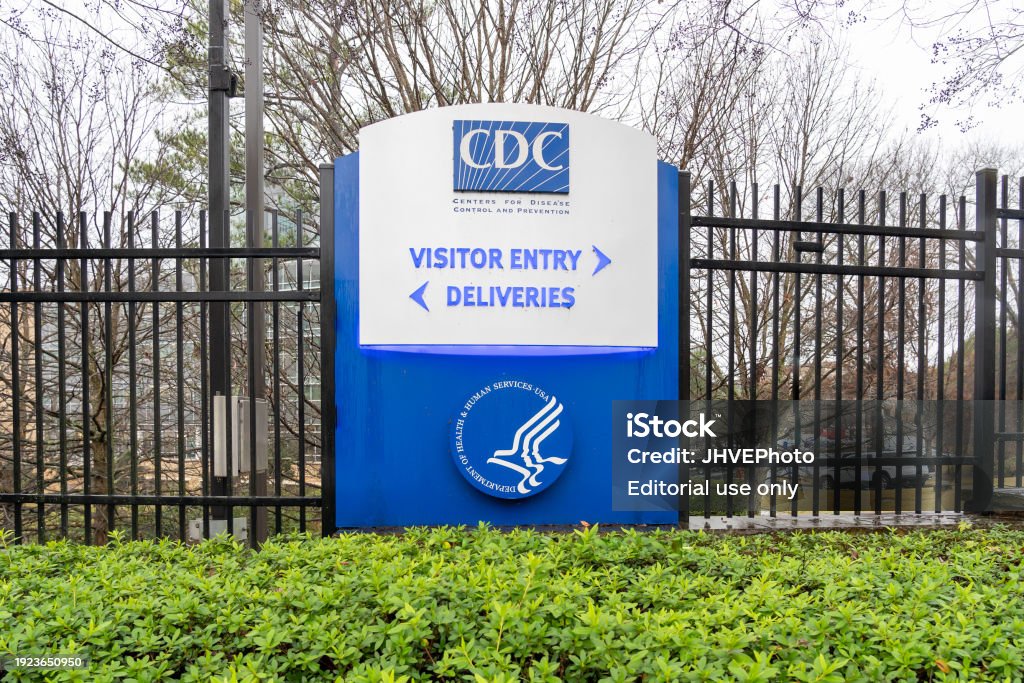Disclosure: This post contains affiliate links. We may earn a commission if you make a purchase through these links, at no extra cost to you.
The U.S. Centers for Disease Control and Prevention (CDC) serves as the premier national public health institute in the United States. It was established in 1946 and operates under the Department of Health and Human Services (HHS). Based in Atlanta, Georgia, the CDC is dedicated to protecting public health and safety through various initiatives aimed at disease prevention, health promotion, and emergency response.
Mission and Goals
The CDC’s core mission is to safeguard public health by preventing and controlling diseases, injuries, and disabilities. The agency’s scope includes addressing a wide array of health threats such as infectious diseases, chronic conditions, environmental hazards, occupational health risks, and injury prevention.
Key Functions
- Disease Surveillance and Control: The CDC actively monitors and investigates health threats both within the United States and globally. This includes managing disease outbreaks like influenza, COVID-19, and Ebola by tracking disease patterns, identifying causes, and implementing control measures.
- Health Promotion: The CDC promotes healthy behaviors and environments to combat chronic diseases such as diabetes, heart disease, and cancer. It offers guidelines for healthy living and preventive strategies to both the public and healthcare providers.
- Emergency Preparedness and Response: Preparing for and responding to public health emergencies, including natural disasters, bioterrorism, and pandemics, is a critical function of the CDC. The agency develops response plans, conducts training exercises, and provides rapid support during crises.
- Research and Education: The CDC conducts scientific research to advance public health knowledge, improve medical practices, and develop new disease prevention strategies. It also provides extensive educational resources and training programs for healthcare professionals and the public.
- Vaccination Programs: The CDC plays a pivotal role in developing vaccination guidelines and promoting immunization efforts to prevent infectious diseases. It provides recommendations for vaccine schedules and conducts campaigns to enhance vaccination coverage.
- Environmental Health: The CDC addresses environmental health issues such as air and water quality, exposure to hazardous substances, and the impacts of climate change. The goal is to reduce environmental health risks and promote safer living conditions.

Organizational Structure
The CDC is organized into various centers, institutes, and offices, each specializing in specific areas of public health. Key divisions include the National Center for Emerging and Zoonotic Infectious Diseases (NCEZID), the National Center for Chronic Disease Prevention and Health Promotion (NCCDPHP), and the Office of Public Health Preparedness and Response (OPHPR).
Collaboration and Partnerships
To achieve its objectives, the CDC collaborates with state and local health departments, international health organizations, and other federal agencies. These partnerships enhance the CDC’s ability to protect global health.
Notable Achievements
Throughout its history, the CDC has been instrumental in several significant public health achievements. These include the eradication of smallpox, reduction of lead poisoning, control of HIV/AIDS, and the response to the COVID-19 pandemic. The agency continues to lead efforts in addressing emerging health threats and improving public health outcomes.
Resources and Accessibility
The CDC offers a wealth of information and resources through its website, including data on diseases and conditions, health guidelines, educational materials, and updates on health alerts and outbreaks. This online presence is crucial for disseminating information to the public, healthcare providers, and researchers.
For more information, you can visit the CDC official website or the USA.gov page on the CDC.

